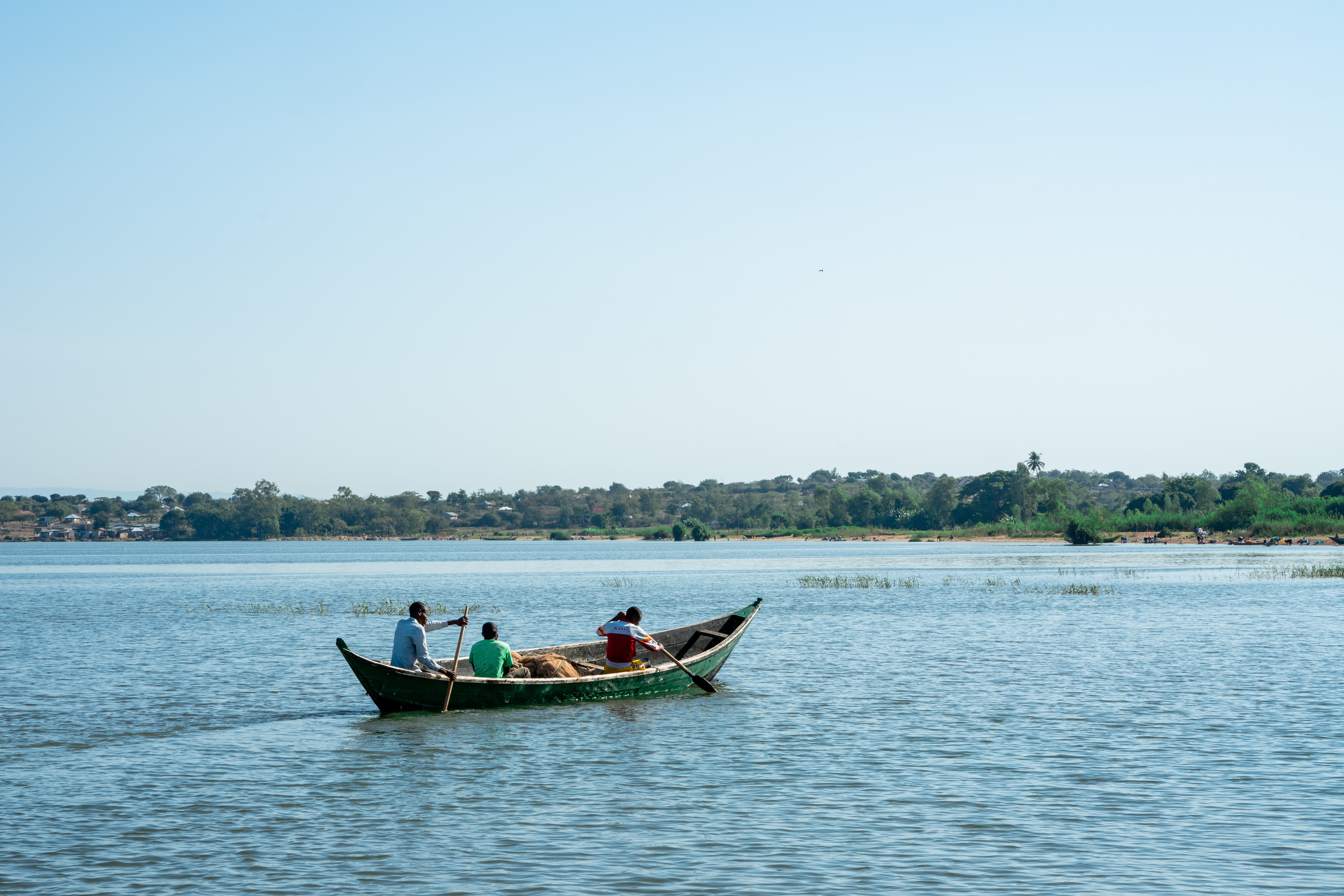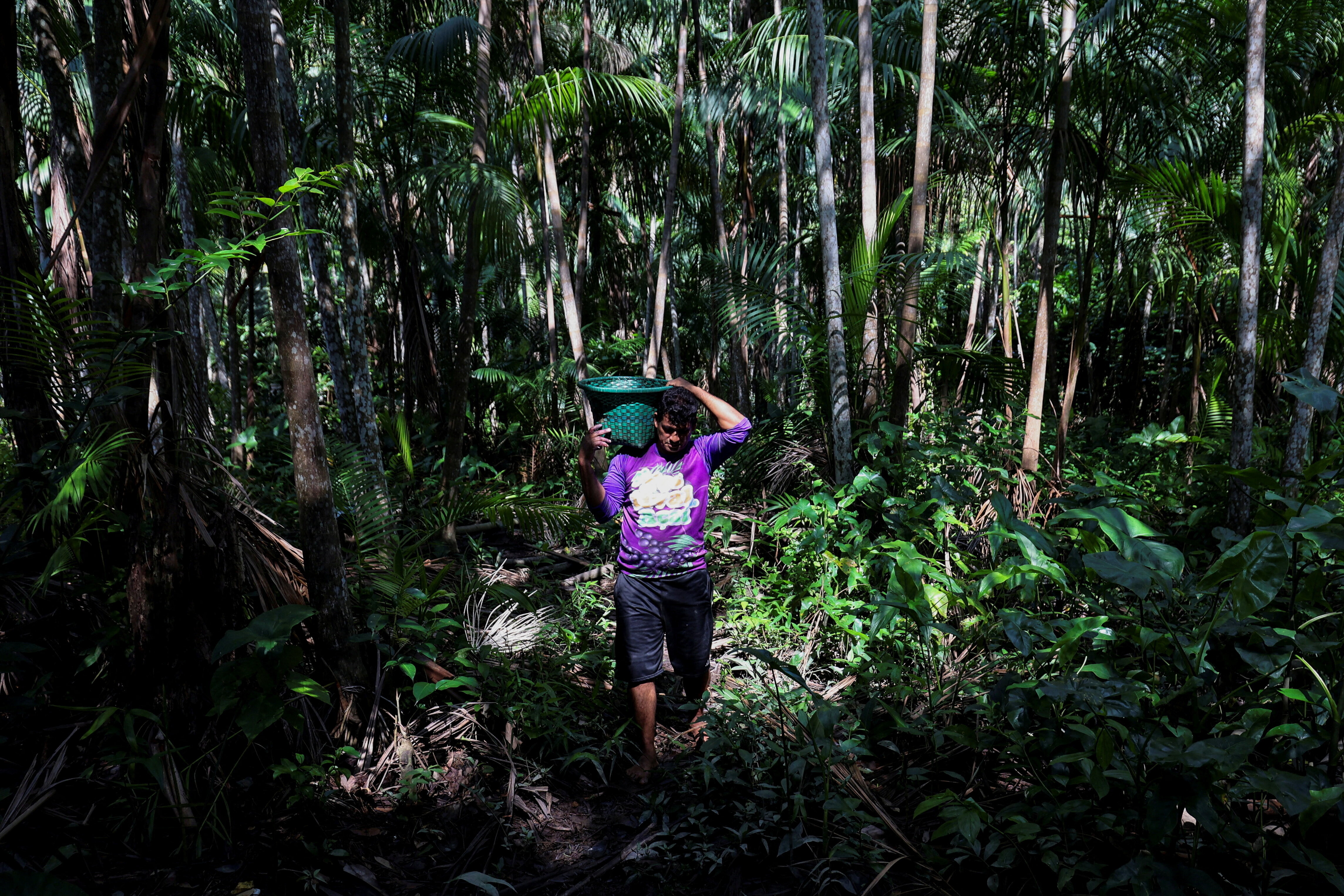Our food system is broken. Here are 3 ways to fix it

Productive grain fields mask the fact the food system is unsustainable and in need of transformation. Image: REUTERS/Vasily Fedosenko
If the food system were a business, it would be a failing one. For the moment, however, it might be hard for its CEO to see. For she or he would be presiding over supermarkets which provide an incredible multitude of products to their customers.
They would have in their portfolio fields of grains and oilseeds with record levels of productivity. The factories which refine sugar, milk, wheat and rice; process fish; can and freeze vegetables; and manufacture a remarkable array of ingredients into convenience and snack foods would be chugging gloriously on, as would the ships, trucks and planes that take food around the world.
But if the CEO had glanced at the media stories coming from the horn of Africa last year – or better still the 2017 FAO State of Food and Nutrition Insecurity report – they would have seen that the number of people who lack access to adequate food rose in 2017. Conflict and climate-related shocks mean that 815 million people are now estimated to be hungry.
If they had scrutinized the data in the 2017 Global Nutrition Report they would have seen that the world is not set to meet international targets for stunting, wasting, obesity and diabetes. A little more searching would have led to data which shows that food loss and waste comprises fully 30% of the food that is produced in the world, that the food system is responsible for around 30% of greenhouse gas emissions, and that one third of the world’s land is degraded – presenting an immense threat to productivity gains.
And if this CEO were to go shopping, they would find far too much space in stores, small and large alike, dedicated to making foods which have precious little nutritional value attractive and appealing.
They would see communities all around the world underserved and overlooked by decades of progress in the food system. Each year an estimated 600 million people in the world – almost 1 in 10 – fall ill after eating unsafe food. And diet-related factors add up to cause more mortality than anything else.
The food system is not a business and it has no CEO. Yet the facts stand for themselves: the food system is unequal, unsustainable, unstable, and in need of transformation. And it needs everyone – all stakeholders – to take action.
Work is being done. Multilateral agencies and international organizations; governments at all levels; businesses and entrepreneurs; philanthropists; farmers; communities and citizens. They are cutting carbon emissions and waste, improving the nutritional value of food, innovating at the farm level, developing city-level food policies, and transforming local food through citizen action.
But this uneasy combination of success – the well-fed populations, the choices available, the awe-inspiring technology – with failure – the hungry, the diseased, the polluted, the degraded, the overweight, an overheated planet, and a workforce too poor to feed itself – means we all need to do more to change it, fundamentally, for a more equitable future.
From farm to fork
What is it that we need to do? The first thing is to radically change the way we think and act on food. It's no longer good enough to think that food is someone else’s business or just to do our bit in isolation: we need to recognize that all our work affects food and figure out how to make changes in a connected way. This means recognizing that food is part of a “system.” Once we start to see food as an interconnected system, from farm to fork, gate to plate, boat to throat, we begin to see how we all influence it in some way, and indeed, we are all affected by it.
Second, let's see food as a solution. Food can help nourish people and planet, provide decent jobs, and provide enjoyment and happiness in our daily lives. A well-functioning food system provides a range of public benefits from public health to the state of the environment, the economy and society. Let's work harder to find solutions that recognise the interconnections in the system where we can achieve the greatest possible impact.
We also need a clear set of metrics to measure how well we are all doing in effecting change. It’s not just about economic efficiency anymore, but about measuring how effectively and efficiently the system can work together to produce health, environmental sustainability and social inclusion. As they say, what gets measured gets done.
Third, to get this done, we must allocate our financial resources differently. Companies, governments, development agencies, philanthropists and citizens alike. Are we putting our money into the most nutritious foods that contribute to a healthy diet? Are we using our tax dollars to support the people who produce nutritious food in ways that support resilient ecosystems? Are our investments maximising healthy diets while also enabling profitable business?
Let's explore how we can all spend and invest to align these goals, rather than pitching them against each other. There will be some tough compromises that need to be made. There will be hard questions about who has power and who makes profit. But this is part of food systems leadership: we either have the courage to think and act differently, or we don't.
We members of the Global Future Council on the Future of Food Security and Agriculture of the World Economic Forum know which one we favour. The benefits are simply too great to ignore.
Don't miss any update on this topic
Create a free account and access your personalized content collection with our latest publications and analyses.
License and Republishing
World Economic Forum articles may be republished in accordance with the Creative Commons Attribution-NonCommercial-NoDerivatives 4.0 International Public License, and in accordance with our Terms of Use.
The views expressed in this article are those of the author alone and not the World Economic Forum.
Stay up to date:
Food Security
Related topics:
Forum Stories newsletter
Bringing you weekly curated insights and analysis on the global issues that matter.








